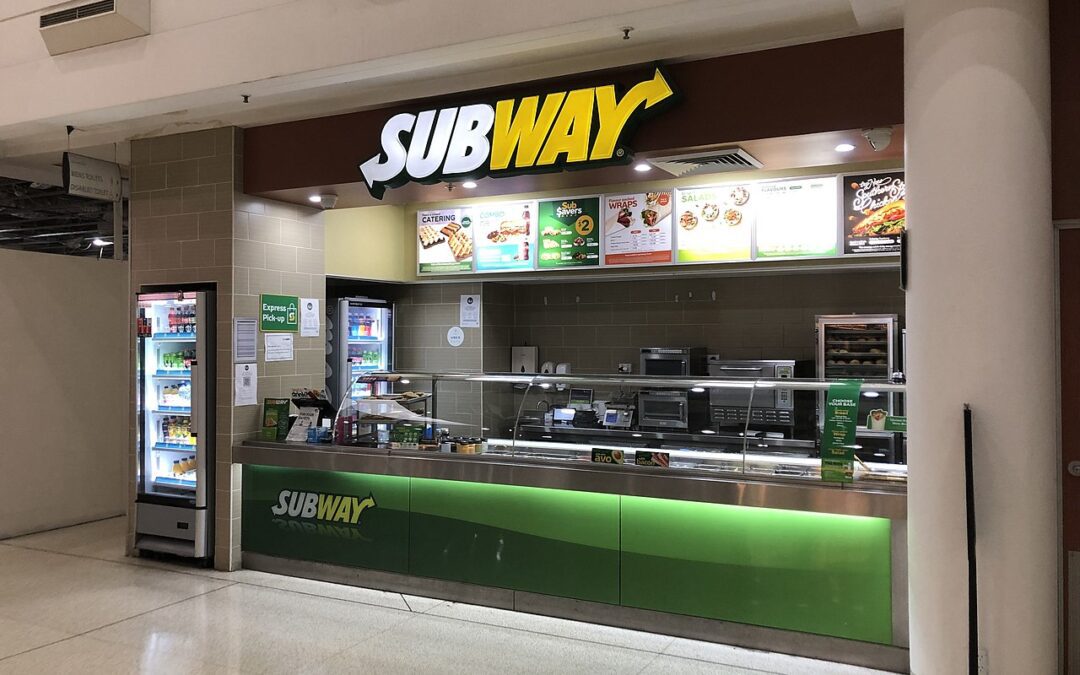In early 2021, two Plaintiffs filed a class action lawsuit against Subway Restaurants, alleging that Subway’s tuna products do not contain tuna, thus committing fraud. After widespread media reports, but before Subway could respond, the Plaintiffs amended their complaint and changed their story.
Instead of claiming that tuna products do not contain tuna, Plaintiffs then claimed that it was not “100% tuna” and that the tuna did not come from healthy stocks of fish. Subway filed a motion to dismiss which was granted, but the Court permitted the Plaintiffs to amend the lawsuit and try again.
Defendants third try resembles the first, claiming that the tuna products partially or wholly lack tuna as an ingredient. Subway sought to dismiss again, which brings matters to the recent decision July 7, 2022.
The Court quickly dismissed the claim of one Plaintiff, noting her Complaint does not allege that she purchased Subway products, does not allege she relied upon any statements made by Subway, and does not allege harm. The Court also put the kibosh on further amendment. (Thus, the writer wonders if Subway had sent a Rule 11 Letter as a pre-requisite to a sanctions motion.)
On to Plaintiff number two. On a motion to dismiss, the Court assumes for the purpose of the motion that the allegations of fact in the Complaint are true, and construes] the pleadings in the light most favorable to the nonmoving party.
The Court made a point to differentiate the three theories in the Complaint. The first theory is that a reasonable consumer could understand the phrase “tuna” on the menu to mean that the tuna salad, sandwich, or wrap contains 100% tuna and nothing else. The Court found that reasonable consumer will not disregard the well-known facts of life that a tuna sandwich, salad, or wrap likely contains ingredients other than tuna. The Court refused to suspend logic and find that a reasonable consumer would be misled by the mere fact that Subway’s tuna products include any ingredients beyond tuna. Thus, dismissal was granted on this theory.
The second theory was based on the allegation that the tuna products contain other fish species, animal species, or miscellaneous products. Subway argued that any non-tuna DNA must come from the eggs in mayonnaise or from cross-contact with other Subway ingredients. The Court found that while Subway’s explanations were possibly correct, it was also possible that these allegations refer to ingredients that a reasonable consumer would not reasonably expect to find in a tuna product. The Court was unable to dismiss this second theory against Subway because there existed a disputed issue of fact.
The third theory was based upon the claim that the tuna products wholly lack tuna as an ingredient. The Court found that a reasonable consumer would expect that a product advertised as “tuna” to contain at least some tuna as an ingredient. Assuming the claim that the tuna products lacked tuna was true, the Court also denied dismissal under this theory.
While unstated, the tone of the Court’s opinion seems to suggest Plaintiff’s case does not pass the smell test.













